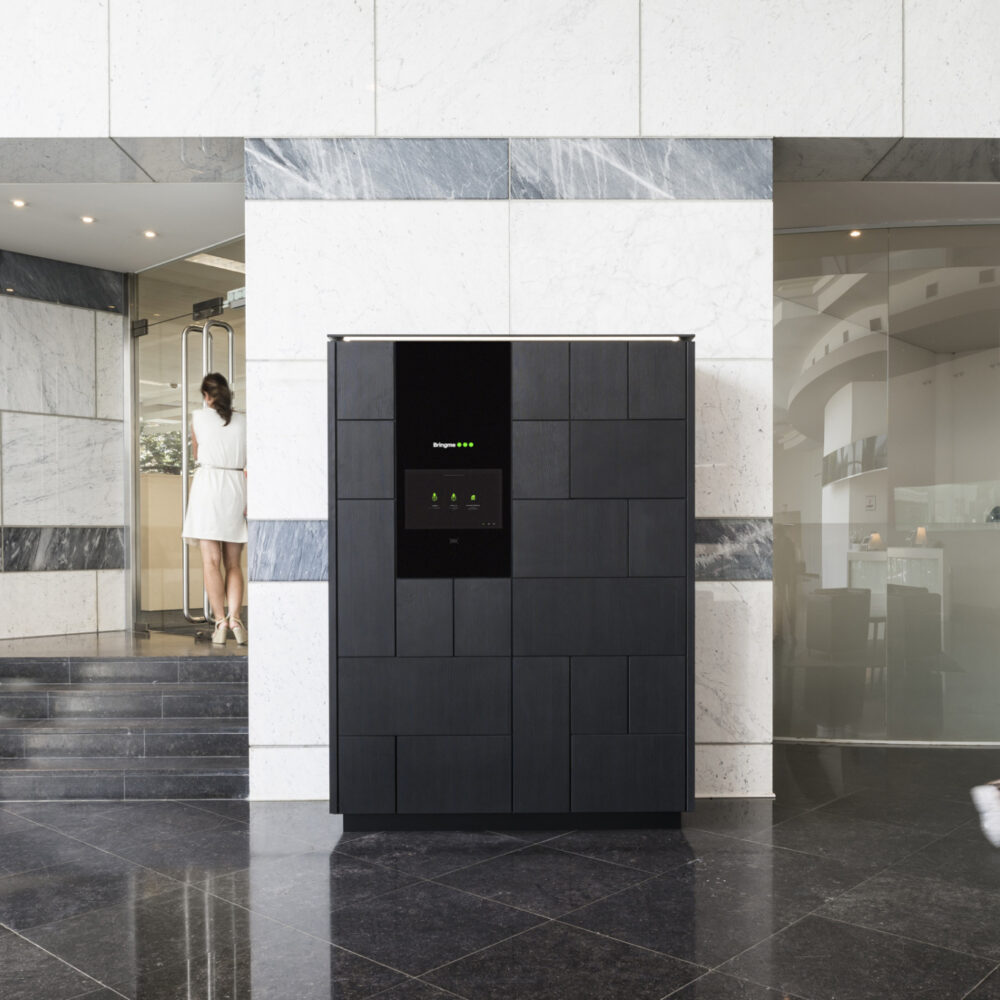Lost and stolen devices: How to close the gateway to data breaches and leaks
Recent data doesn’t lie: only 7% of IT security leaders consider lost or stolen devices a serious risk, yet these missing IT assets account for 17% of data breaches (Forrester Research’s 2023 State of Data Security report). This disconnect reveals a critical vulnerability in data protection: the overlooked threat of devices such as smartphones, computers, laptops, and USB drives falling into the wrong hands.

Tick off the following 11 essential guidelines to prevent devices from being stolen and causing data breaches.
✔ Controlled access:
Utilise the Bringme Box as a delivery and collection point for employees to regulate access to devices. This way, only authorised users can access specific item using a unique access code. This adds an additional layer of security and accountability.
✔ Advanced tracking system:
The Bringme Box keeps a comprehensive overview of all your devices and integrates with your current ITAM system (such as Topdesk, ServiceNow…).
✔ Device recovery system:
Implement the Bringme Box’s return process to ensure all corporate-owned IT assets are accounted before redeployment.
✔ ️Implementation of geolocation:
Activate the 'find my device' functionality and establish geofencing boundaries to monitor and secure devices when they are off the network.
✔ Endpoint data scanning:
Conduct regular scans of your device fleet to detect sensitive information and control data exposure.
✔ Apply endpoint data encryption:
Make certain that all sensitive data is encrypted, not only at rest on the device but also in transit. Encryption offers an extra layer of security that helps prevent unauthorised access.
✔ Security health checks:
Monitor and assess the health of security controls, ensuring the effective operation of anti-virus and anti-malware applications.
✔ Risk mitigation actions:
Be prepared to remotely freeze at-risk devices to prevent unauthorised access in case of security threats.
✔ Data deletion:
Establish processes for secure data deletion in line with NIST 800-88 with compliance certificate.
✔ Enforce multi-factor authentication:
At minimum, enforce strong password policies and multi-factor authentication (MFA) to prevent unauthorized access to devices and accounts.
✔ Train your employees:
Educate your employees about the importance of safeguarding their devices and data. Provide training on secure practices, such as the proper handling and storage of devices and company-sensitive documents through cybersecurity training platforms such as Phished.


